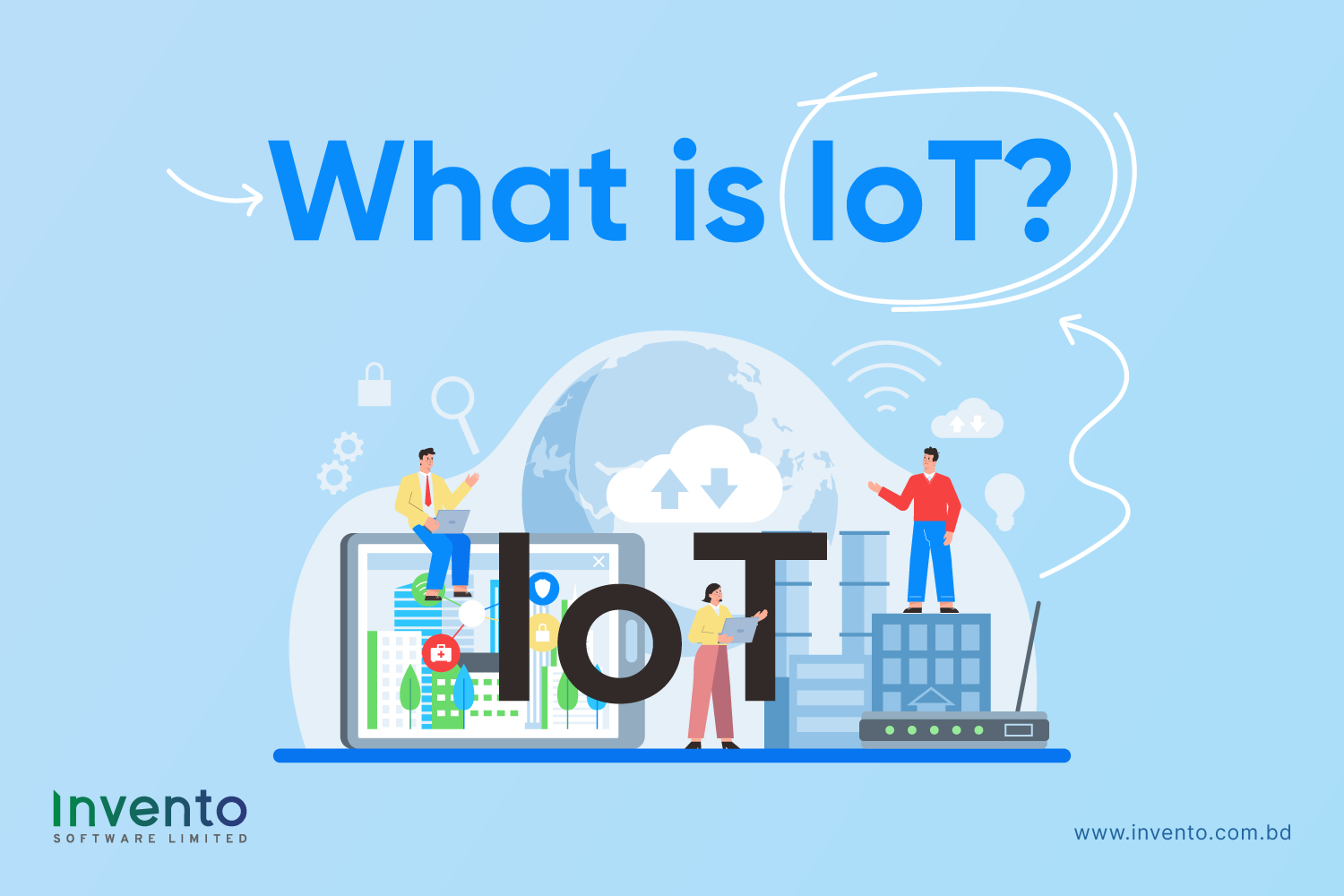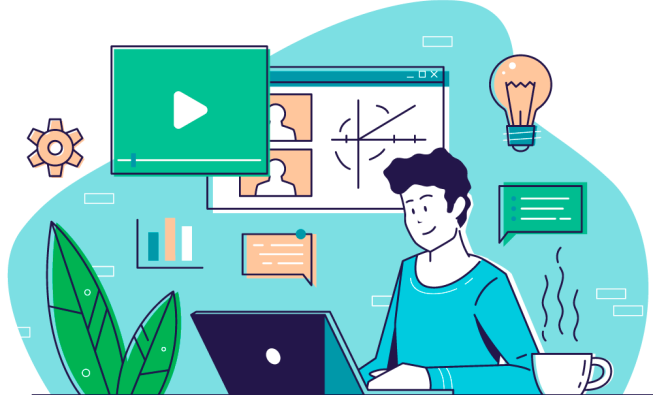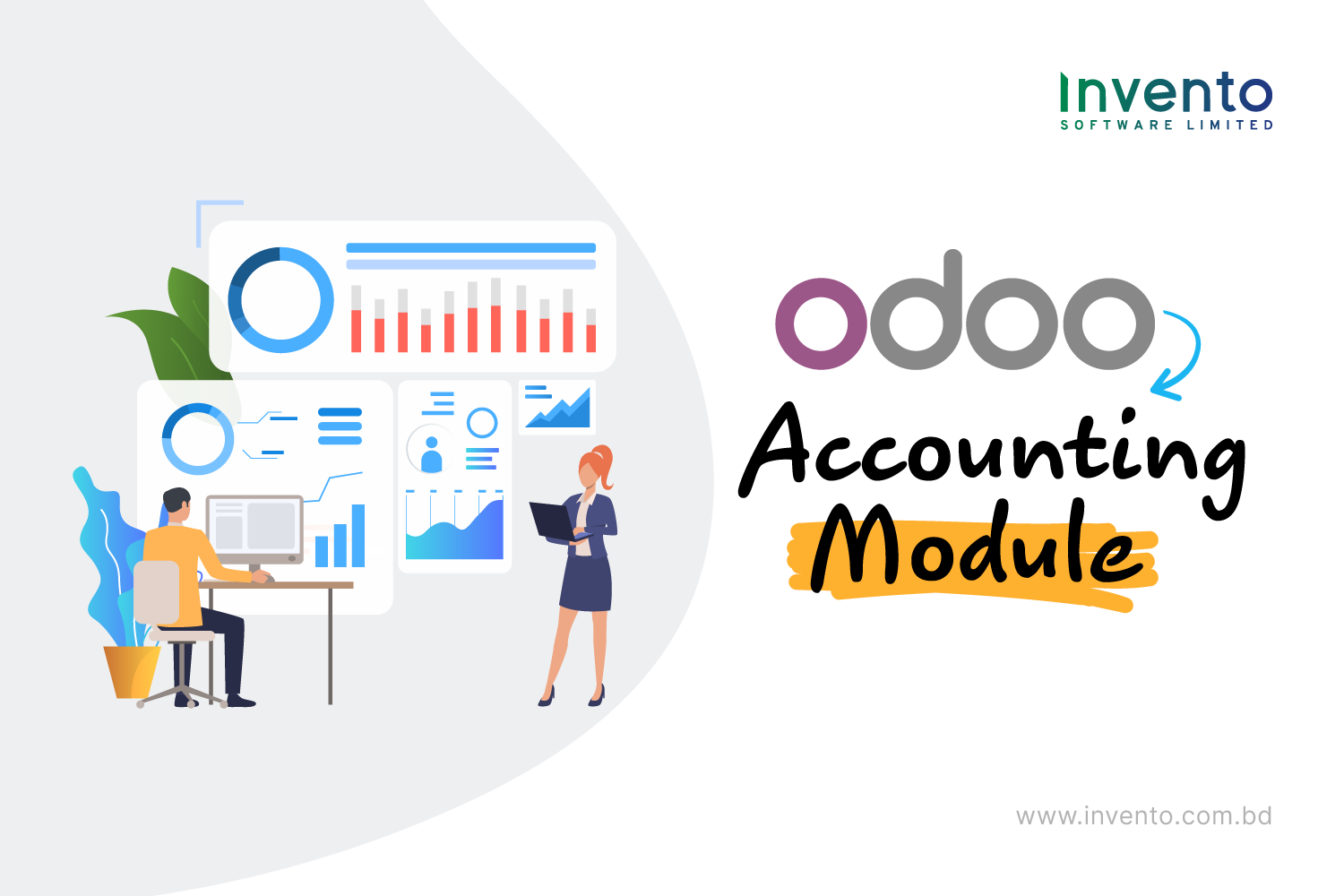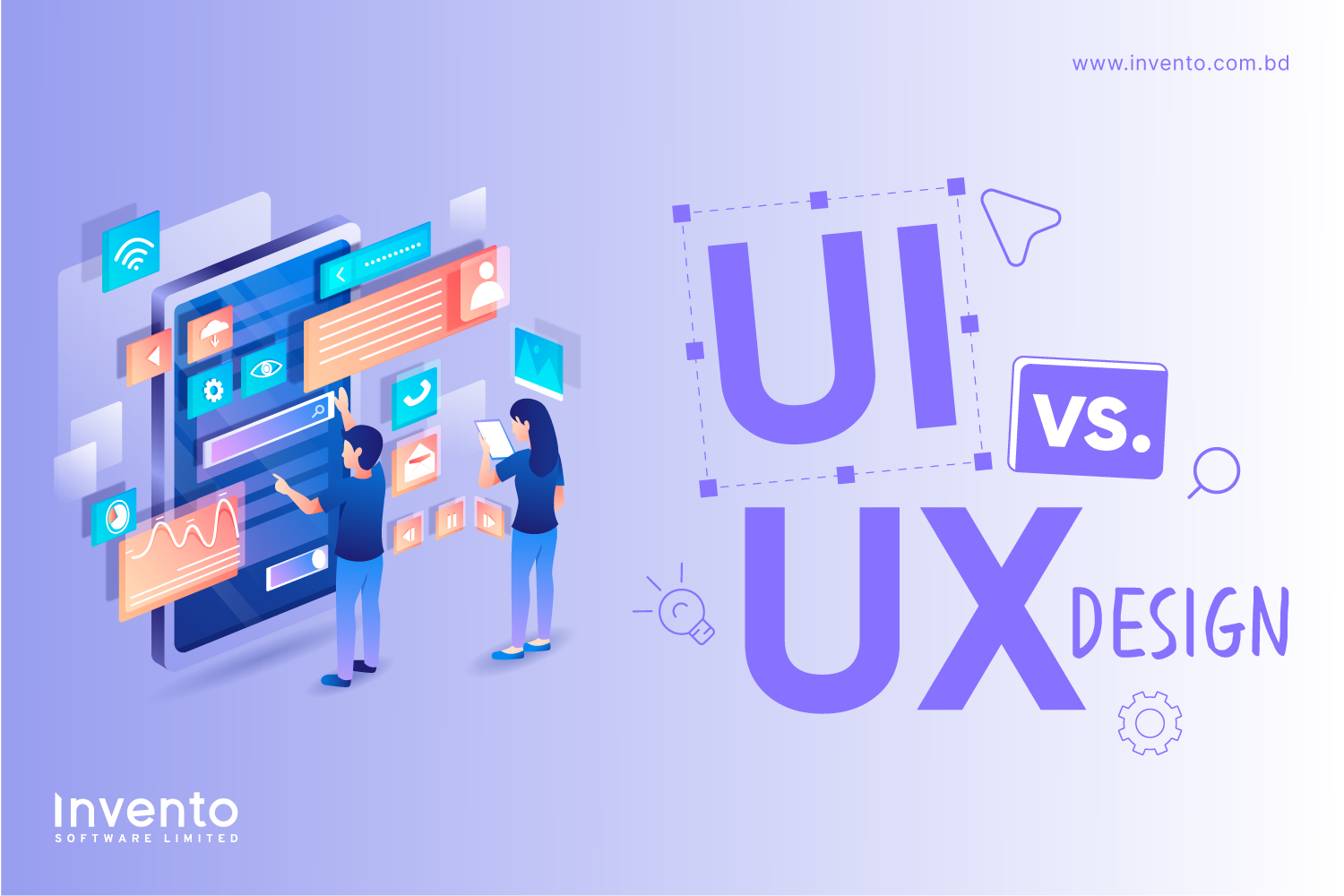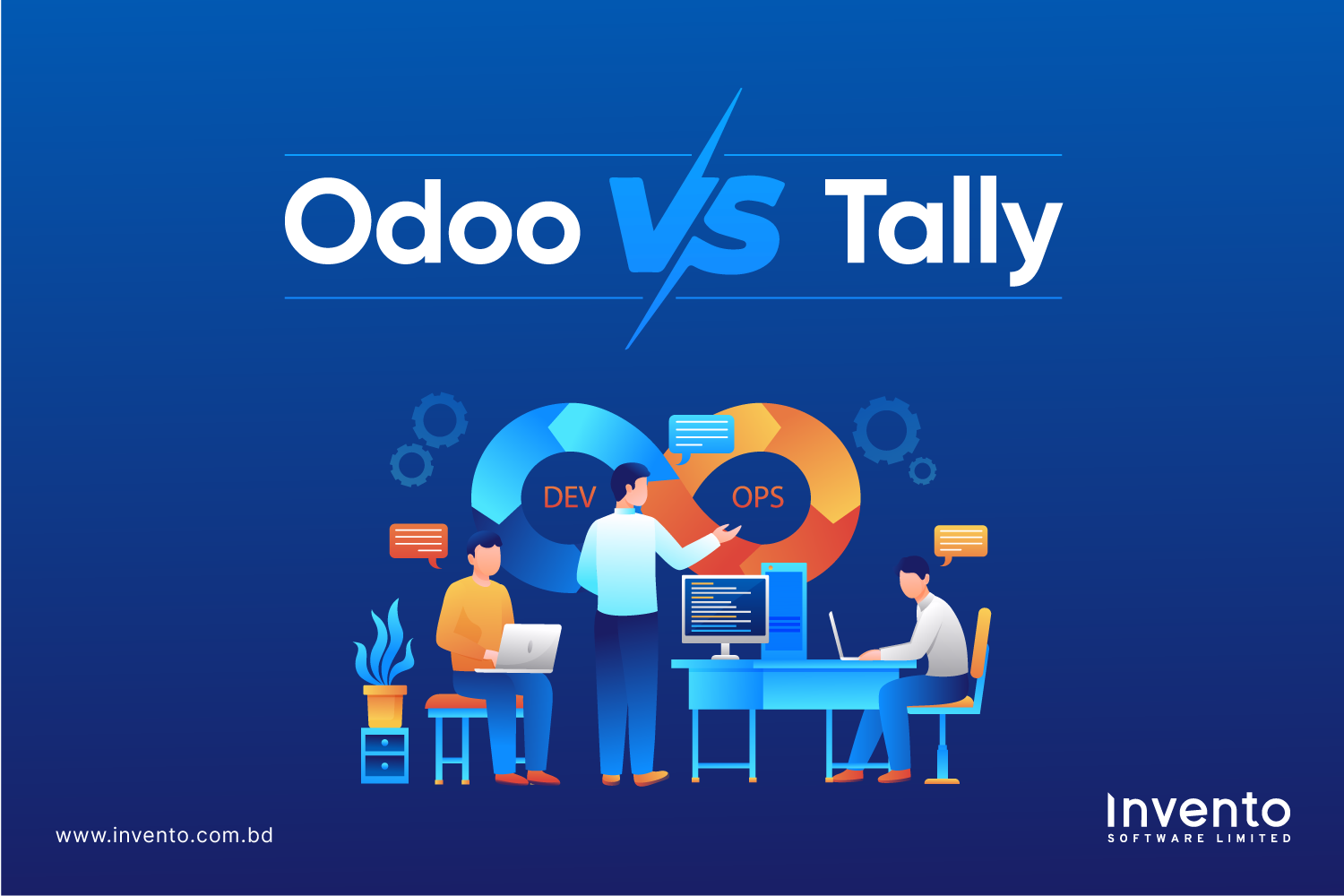The rise of digital technology has changed how we live and work. The Internet of Things (IoT) stands out as a major force reshaping our world. From smart homes and wearable tech to smart cities and automated factories, IoT is changing how people interact with tech.
This guide looks into what IoT is, how it works, its pros and cons, uses, and what’s coming next. It’s for both beginners and tech fans.
What is IoT?
The Internet of Things (IoT) is a network where physical items (things) have sensors, software, and other tech that let them connect and share info with other devices and systems using the internet. These items can be everyday things like fridges and smart lights, or bigger things like factory machines, health monitors, and even whole city systems.
The main idea of IoT is about being connected and smart. By connecting devices to the internet and to each other, they can gather, study, and share info. This lets them automate tasks, work better, and make smarter choices.
IoT Devices: Key Traits
- IoT devices connect to the internet or a network to talk to other devices.
- Sensors gather info from the world around them, and actuators take actions based on that info.
- Many IoT devices can work on their own without needing people to control them.
- IoT systems use advanced ways to look at data or AI to get useful info.
- IoT devices often work with apps, platforms, or other systems to do more.
IoT isn’t just about connecting devices; it’s about building smart systems that make daily life and business better.
How IoT Works
It’s easier to understand IoT when you break it down into four steps: sensing, connecting, processing, and acting.
1. Sensors and Devices
It starts with sensors that get data from the world. These sensors can find out things like temperature, movement, light, pressure, wetness, location, or even health info. For example, a smart thermostat senses the temperature in a room, and a fitness tracker watches your heart rate and how active you are.
2. Connectivity
Once the data is gathered, IoT devices need to send it to a central system or online for processing. This is done using different ways to communicate:
- Wi-Fi: Good for home or office networks.
- Bluetooth: For devices close to each other.
- Zigbee and Z-Wave: For smart home systems that need low power and long range.
- Cellular Networks (3G, 4G, 5G): For IoT things that move around, like cars.
- LoRaWAN: For industrial IoT that needs low power and long range.
The way you connect depends on things like how fast you need the data, how much power it uses, how far it needs to reach, and what you’re using it for.
3. Data Processing
Once data is sent to the cloud or a local server, it is processed using software, AI, or analytics tools. For instance, a smart fridge can track the items inside and alert you when groceries are running low.
4. User Interface and Action
Finally, the processed data is presented to users via a dashboard or app, and the device may also perform automated actions. For example:
- A smart light bulb turns on automatically when you enter a room.
- An industrial machine adjusts its operation based on sensor data to prevent breakdowns.
In simple words, IoT is about sensing, connecting, analyzing, and acting.
Benefits of IoT
IoT offers countless advantages for individuals, businesses, and society. Here are some of the key benefits:
1. Convenience and Automation
IoT devices make daily life more convenient. Smart homes allow you to control lights, thermostats, security cameras, and appliances from your smartphone. Automation reduces human effort and improves efficiency.
2. Cost Efficiency
Businesses can save money by using IoT devices to monitor equipment, optimize energy use, and predict maintenance needs. For example, IoT-enabled manufacturing systems can reduce downtime and energy consumption.
3. Improved Healthcare
IoT is transforming healthcare with wearable devices, remote monitoring, and smart medical equipment. Patients can track vital signs, and doctors can monitor them remotely, leading to better outcomes and early detection of health issues.
4. Enhanced Safety and Security
IoT devices like security cameras, smart locks, and surveillance sensors enhance safety. In industrial settings, IoT can detect hazardous conditions and alert operators to prevent accidents.
5. Data-Driven Decision Making
By collecting and analyzing real-time data, businesses can make more informed decisions. IoT analytics can improve supply chain management, customer service, and operational efficiency.
6. Environmental Monitoring
IoT devices help monitor environmental conditions such as air quality, water quality, and weather patterns. This data can assist governments and organizations in taking action to protect the environment.
Challenges of IoT
Even though IoT can do a lot, it has problems that need to be taken care of.
1. Security Problems
IoT devices are connected to the internet, so they can be hacked. Hackers can get in and steal personal info, money info, or even mess with important systems.
2. Worries About Privacy
IoT devices gather a lot of personal info. If this info isn’t handled well or is shared without permission, it can hurt privacy. People should check what permissions they give and what the rules are for sharing data.
3. Things Not Working Together
IoT devices from different companies might not talk to each other well, which can cause problems. The standards for how things should work together are still being made.
4. High Costs
It can cost a lot to set up IoT, including the devices and keeping them running. Even though the good things often make up for the costs, small businesses or people might have trouble paying for it.
5. Handling Data
IoT makes a lot of data that needs to be stored, processed, and looked at well. This needs strong cloud systems, AI, and ways to look at data.
6. Needing the Internet
IoT devices need the internet to be stable and fast. If the internet goes down, it can mess up services, stop automated systems, or cause delays for important things.
What IoT is Used For
IoT is used in many different areas. Here are some of the most important:
- Smart Homes
IoT is important in smart homes, with things like:
- Smart light: Turn on/off by themselves or with an app.
- Smart thermostats: Change the temperature to be comfortable and save energy.
- Voice helpers: Control devices with your voice.
- Security systems: Watch homes with cameras and sensors.
- Healthcare
IoT is used in healthcare for:
- Wearable devices: Track how fit you are, how you sleep, your heart rate, and blood pressure.
- Watching patients from far away: Doctors can watch patients’ health in real-time.
- Medical devices: Smart pumps, connected inhalers, and more.
3. Industrial IoT (IIoT)
In factories and industries, IoT:
- Watches how machines are working to stop them from breaking down.
- Tracks what’s in stock and how things are moving through the system.
- Makes sure things are made well and plans when to fix things.
4. Farming
IoT helps farming by watching:
- How wet the soil is and how healthy it is.
- What the weather is like.
- How crops are growing using sensors and drones.
- Smart watering systems save water, and guessing what will happen helps grow more crops.
5. Moving Things and Logistics
IoT makes moving things better by:
- Watching where vehicles and shipments are in real-time.
- Watching and managing traffic.
- Smart parking systems and cars that drive themselves.
6. Stores
Stores use IoT to:
- Watch what they have in stock and automatically order more.
- Track what customers do to make things better for them.
- Have systems where you don’t need a cashier or smart checkouts.
7. Managing Energy
IoT devices watch how energy is used in homes, offices, and industries. Smart power grids make the most of energy and waste less, which helps the environment.
8. Smart Cities
IoT helps build smart cities by:
- Having smart street lights and managing traffic well.
- Having waste systems that pick up trash in the best way.
- Watching the environment for air and water quality.
- Having smart public safety systems for emergencies.
Final Verdict
The Internet of Things (IoT) is more than just a tech trend; it’s a big change that’s reshaping our lives, industries, and cities. By connecting devices to the internet and letting them make smart, data-based decisions, IoT makes things easier, more helpful, safer, and new.
But, using IoT also comes with problems like security risks, privacy worries, and trouble handling data. Knowing these problems is important for businesses and people to make the most of what IoT can do.
As tech gets better, IoT will keep using AI, 5G, and edge computing to make smarter homes, industries, cities, and healthcare systems. Whether you’re a tech fan, a business owner, or just curious, keeping up with IoT is important for getting around in our connected world.
